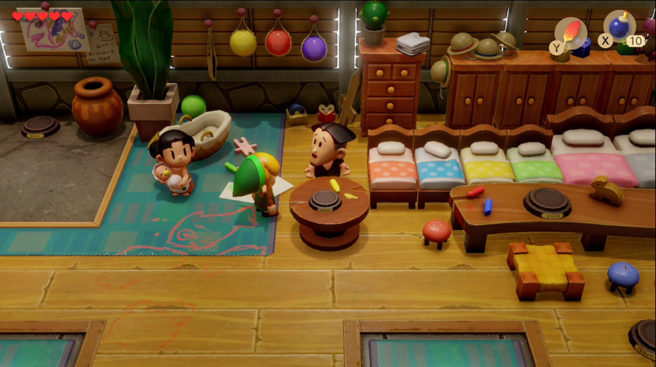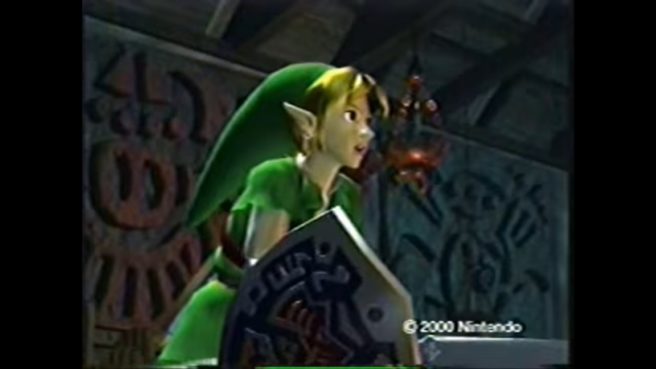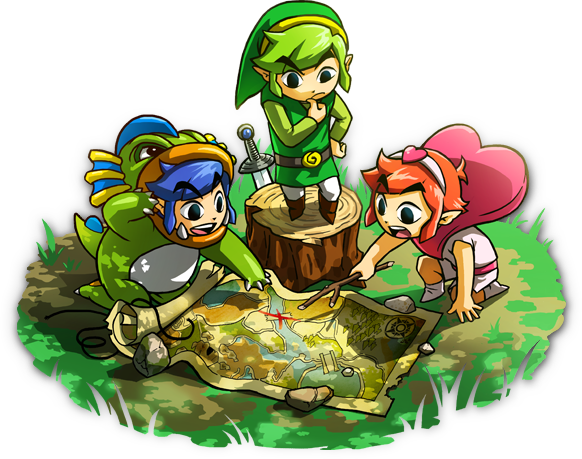Graphic refining director Yoshiki Haruhana on reimagining the visuals of Zelda: Link’s Awakening
Posted on 6 years ago by Brian(@NE_Brian) in News, Switch | 0 comments
The Legend of Zelda: Link’s Awakening was remade for Switch many years after it debuted on the Game Boy. Rather than re-releasing the game as it was, Nintendo and Grezzo opted for a new art style.
Graphic refining director Yoshiki Haruhana spoke about reimagining the visuals of Link’s Awakening in a new blog piece. He shared the following:
Artists on why Nintendo didn’t move forward with realistic Zelda on GameCube after Spaceworld tech demo
Posted on 8 years ago by Brian(@NE_Brian) in GameCube, General Nintendo, News | 47 Comments
One of the more memorable moments in Zelda history was when Nintendo showed a GameCube tech demo at Spaceworld 2000. A brief scene depicted Link and Ganondorf duking it out in a realistic style. But as we later learned, it was just that – a tech demo and nothing more. Nintendo ended up going in a completely opposite direction for the next Zelda game following Ocarina of Time. Around two to three years later, Nintendo released the cartoon-esque, cel-shaded Wind Waker.
So what’s the story behind that tech demo anyway? And why did Nintendo decide against moving forward with it? In the new Zelda: Art & Artifacts book, artists Yoshiki Haruhana and Satoru Takizawa commented on the situation:
Links from Zelda: A Link Between Worlds, Tri Force Heroes could have been swapped
Posted on 8 years ago by Brian(@NE_Brian) in 3DS, News | 25 Comments
Toon Link began to be associated with portable Zelda games since Four Swords. The character was then featured in both Phantom Hourglass and Spirit Tracks on DS, before going on to be included in Tri Force Heroes on 3DS.
Interestingly, Nintendo even considered Toon Link for A Link Between Worlds. Designer Yoshiki Haruhana revealed this nugget in the new Zelda: Art & Artifacts book, stating that there was “a long debate” about which Link should be in the game. Some members of the team carried the opinion that it should be Toon Link since it was a handheld game, while others felt it should be the original from A Link to the Past, which was ultimately selected.
That wasn’t all though. Originally, Link from A Link Between Worlds (and A Link to the Past) was originally going to be used in Tri Force Heroes. This suddenly changed when series producer Eiji Aonuma declared one day that Toon Link would be used instead.


